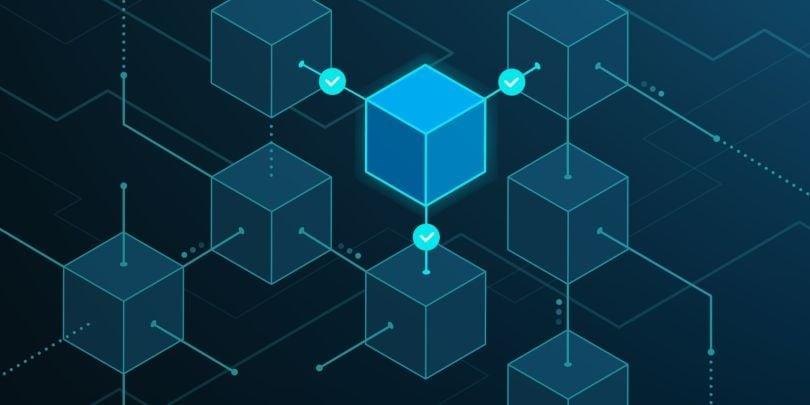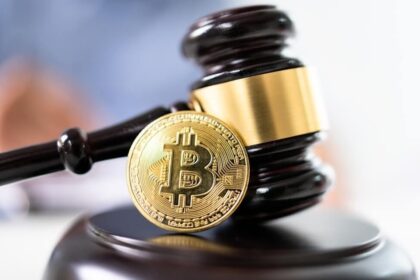In an era defined by rapid technological advancement, two transformative forces are converging to reshape the landscape of connectivity: blockchain and the Internet of Things (IoT). Picture a vast symphony, each note representing an intricate device, a line of code, or a cryptographic key, all playing harmoniously together. This orchestration of decentralized trust and ubiquitous connectivity holds the promise to redefine industries, enhance security, and streamline operations like never before. As we delve into the orchestral interplay between these two groundbreaking technologies, we will explore how their integration not only elevates efficiency but also opens up new possibilities for innovation and collaboration. Join us on this journey to understand how connecting worlds through the symphony of blockchain and IoT is set to create a future rich with potential and enlightenment.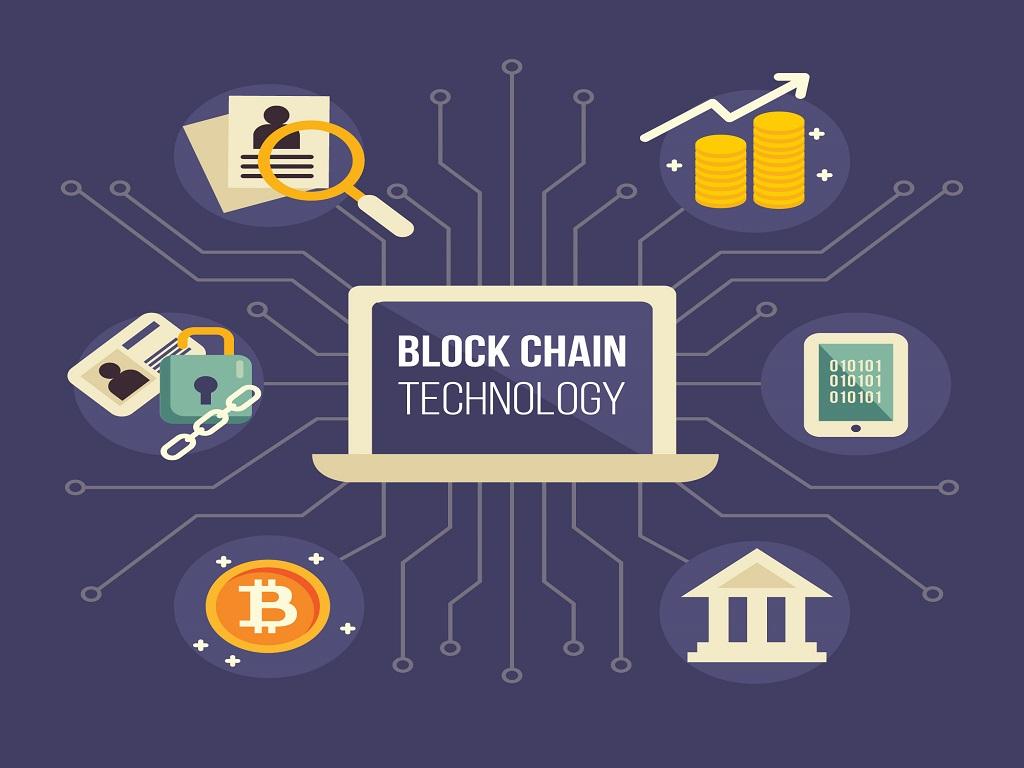
Exploring the Interplay Between Blockchain and IoT Technologies
The integration of blockchain and IoT technologies opens new avenues for innovation, efficiency, and security across various sectors. These two disruptive forces create a powerful synergy where data is not only generated in real-time by connected devices but is also securely stored and transacted through blockchain’s decentralized framework. This convergence offers a range of benefits, including:
- Enhanced Security: Blockchain provides a tamper-proof ledger, ensuring that data from IoT devices is safeguarded against unauthorized access.
- Transparency: Transactions between IoT devices can be tracked in real time, promoting trust and accountability.
- Data Integrity: Immutable records reduce the chances of data alteration, making IoT-generated data more reliable.
Moreover, the combination of these technologies can significantly reduce operational costs and complexities. For instance, supply chain management can benefit immensely from this relationship, as real-time tracking of goods powered by IoT devices, coupled with blockchain’s verification capabilities, will streamline processes and improve efficiency. Below is a simplified comparison of IoT capabilities with and without blockchain integration:
| Feature | Without Blockchain | With Blockchain |
|---|---|---|
| Data Security | Vulnerable to hacking | Decentralized and secure |
| Data Ownership | Centralized control | Distributed ownership |
| Transaction Time | Slower processing | Instant and automatic |
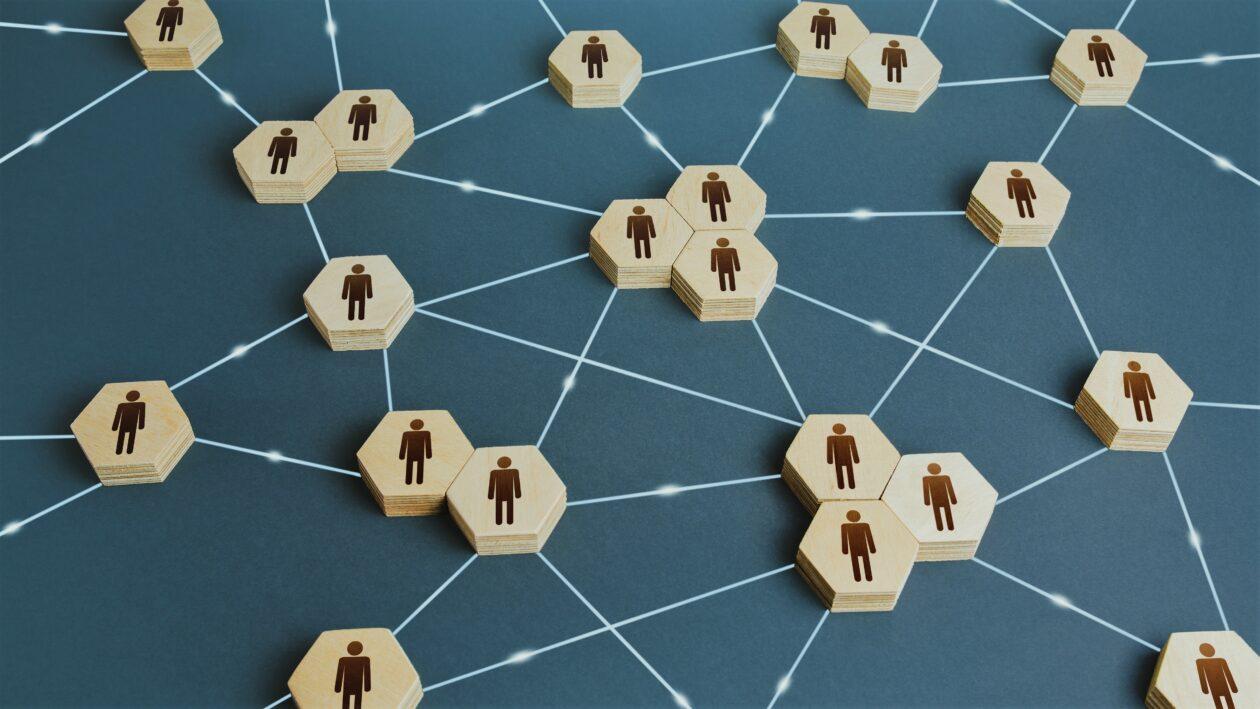
Enhancing Security and Transparency Through Decentralization
Decentralization offers a powerful avenue for bolstering security and transparency in various domains, particularly in the realms of blockchain and the Internet of Things (IoT). By distributing data across a network of nodes instead of storing it in a single, centralized location, the risks associated with data breaches are significantly reduced. Each node acts as an autonomous guardian, making it increasingly difficult for malicious actors to manipulate or access sensitive information. This architecture not only enhances security but also promotes trust among users, as each transaction can be independently verified by anyone participating in the network.
Furthermore, transparency is a natural byproduct of decentralization. In a blockchain-enabled IoT ecosystem, every device communicates in real-time and records transactions on an immutable ledger. This setup fosters accountability as all participants can track and audit transactions easily. The integration of decentralized systems allows for the implementation of smart contracts, which automate processes based on pre-defined conditions, ensuring that agreements are executed fairly and without the need for intermediaries. Below is a simple table highlighting the key features that enhance security and transparency through decentralization:
| Feature | Description |
|---|---|
| Distributed Ledger | Data is stored across multiple nodes, reducing central points of failure. |
| Immutable Transactions | Once recorded, transactions cannot be altered or deleted, ensuring data integrity. |
| Real-Time Auditing | Participants can monitor and verify transactions continuously, enhancing oversight. |
| Smart Contracts | Automated agreements that execute based on programmed conditions, increasing efficiency. |
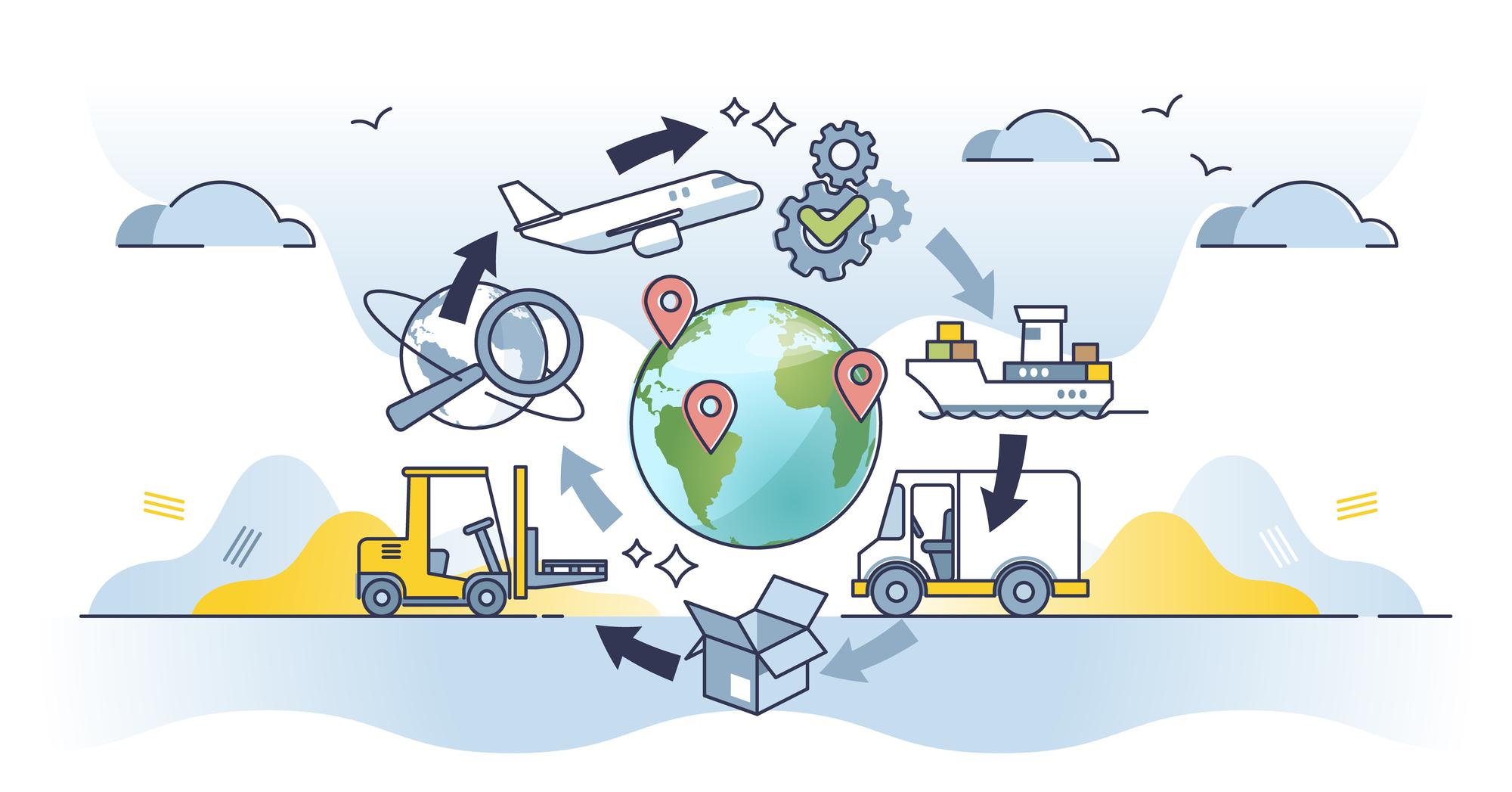
Optimizing Supply Chains: Real-Time Data and Immutable Records
In the context of modern supply chains, the integration of real-time data and immutable records has emerged as a game-changer. Leveraging the capabilities of the Internet of Things (IoT), businesses can gather continuous streams of data from a multitude of devices, which offers critical insights into operations. This data, when combined with the transparency of blockchain technology, creates a robust framework for tracking goods throughout their lifecycle. Companies can not only monitor inventory levels and shipping routes but also ensure authenticity and reduce fraud through secure, decentralized records. The synchronization between these technologies cultivates reliability and fosters trust among stakeholders.
Furthermore, the implications of optimizing supply chains with real-time data and immutable records extend beyond mere efficiency. By harnessing these technologies, businesses can:
- Enhance Decision-Making: Access to real-time information allows for prompt responses to supply chain disruptions.
- Improve Forecast Accuracy: Predictive analytics combined with real-time data leads to informed forecasting and planning.
- Minimize Waste: Precise tracking can reduce overproduction and optimize resource allocation.
To further illustrate the impact, consider the following table that outlines the difference in efficiency with and without real-time data and blockchain in supply chain management:
| Criteria | Without Real-Time Data | With Real-Time Data & Blockchain |
|---|---|---|
| Inventory Accuracy | 75% | 95% |
| Fraud Incidents | 10% | 1% |
| Response Time (Hours) | 48 | 2 |
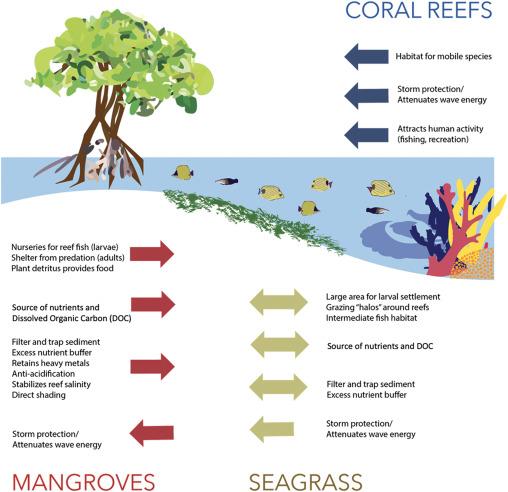
Future Trends: Imagining a Synergistic Ecosystem for Global Innovation
The emerging convergence of blockchain and Internet of Things (IoT) technologies presents an exhilarating opportunity for reshaping global innovation. In this envisioned ecosystem, decentralized networks will empower IoT devices to seamlessly communicate and transact without the need for centralized authorities. This capability not only enhances security and transparency but also fosters trust in data interactions. As each device collects and stores data on a blockchain, we may witness a significant reduction in data tampering while promoting an entirely new economy driven by smart contracts. For example, autonomous vehicles could exchange payments for charging or parking services instantaneously, unlocking new revenue streams and operational efficiencies.
To make this synergistic ecosystem a reality, stakeholders must embrace a collaborative mindset. Recognizing the potential of cross-industry partnerships will be vital for accelerating the development of IoT frameworks powered by blockchain. Key initiatives may include:
- Standardization of protocols to ensure interoperability among devices.
- Security frameworks that prioritize user privacy in every transaction.
- Incentive structures that reward user participation and data sharing.
With these elements in place, we can create a sustainable model that not only supports innovative applications but also nurtures a culture of continuous improvement and shared success across global markets.
Insights and Conclusions
In an era where digital landscapes continually evolve, the convergence of blockchain and the Internet of Things (IoT) emerges as a harmonious duet, embracing complexity while creating a symphony of unparalleled potential. As we close this exploration of “Connecting Worlds,” it becomes evident that this union is not merely a technological advancement; it is the dawn of new possibilities that could redefine our interactions with the world around us.
Together, these innovations promise to bridge gaps between data silos, enhance security, and foster trust in an increasingly interconnected society. As industries strive to harmonize their operations and individuals seek greater agency over their digital identities, the path paved by blockchain and IoT offers a tantalizing glimpse into a future where our devices sing a collective melody of efficiency, transparency, and empowerment.
As we step forward, the onus lies on us—all stakeholders in this digital orchestra—to navigate the challenges and seize the opportunities that lie ahead. With each advancement, we inch closer to a world that is not only connected but also enriched by collaboration, creativity, and ingenuity. The symphony has only just begun; let us listen closely, for the notes of innovation are ever-present, waiting for those daring enough to join in the chorus.


